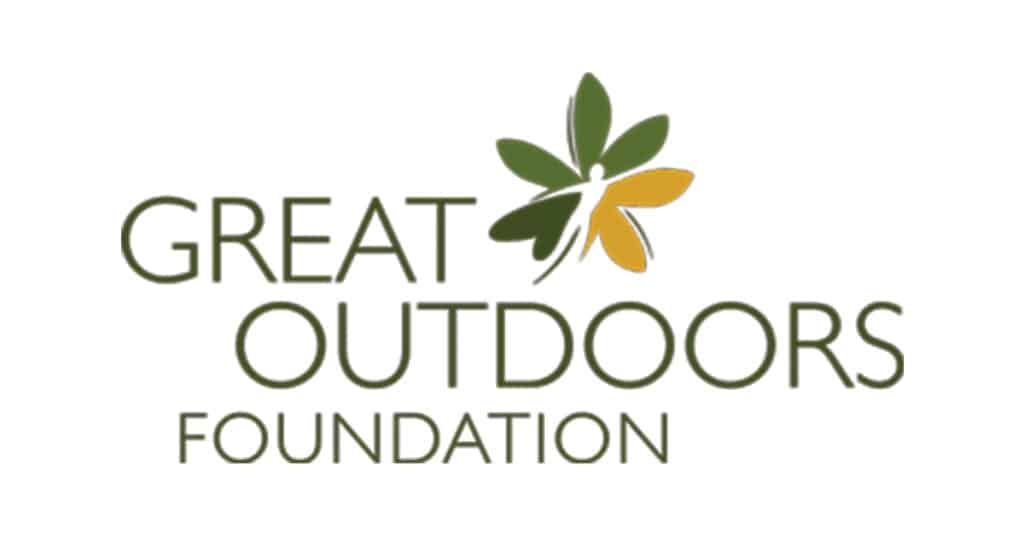Economic Forecast Preview: What’s ahead in 2025?
Panelists preview key areas to watch

Business Record Staff Jan 10, 2025 | 12:51 pm
5 min read time
1,104 wordsAll Latest News, Economic DevelopmentWith a new presidential administration set to influence and change policy, questions about the direction the Federal Reserve will take with interest rates, a rise in global uncertainty and labor issues that continue to challenge businesses and investors, who knows how the economy might fare in 2025?
These are just some of the topics we’ll tackle at the Business Record’s annual Economic Forecast Luncheon on Jan. 28. To prepare for the event, we’ve asked our panelists to answer a question in preparation to give a taste of their projections for the year.
– Chris Conetzkey, president, Business Publications Corp.
Panelists:
Christopher Pudenz – Economics and research manager, Iowa Farm Bureau Federation
Debi Durham – Executive director, Iowa Economic Development Authority and Iowa Finance Authority
Jon Augustine – Chief investment officer, BTC Capital Management
Deanna Strable – President and CEO, Principal Financial Group
Michael Cornett – Managing director, Washington National Tax Office
Question: What is the most important thing businesses should know about the economy in 2025?
Christopher Pudenz – Economics and research manager, Iowa Farm Bureau Federation
In 2025, businesses need to know that much of the Midwestern agricultural economy is struggling. Low row-crop commodity prices have led to reduced revenues for corn and soybean farmers.
With input costs remaining relatively elevated, margin pressure has had shocking spillover effects on the broader economy. Adjusting for weaker demand, agricultural machinery manufacturers have laid off thousands of workers and are purchasing fewer manufacturing inputs. Accounting for associated ripple effects, an Iowa Farm Bureau analysis estimated a $1.5 billion reduction in [gross domestic product] from the 2024 layoffs as of Sept. 16, 2024.
It’s not all bad news in the Midwestern agricultural economy, however. First, while highly pathogenic avian influenza has been a persistent challenge for poultry producers, the cattle industry should have another strong year in 2025, and hog industry returns are forecasted to be positive after a harrowing stretch.
Second, despite a record negative overall agricultural trade deficit in 2024, exports of U.S. corn, beef and pork have been strong. Finally, while the potential for retaliatory tariffs on U.S. agricultural products is a serious concern, there is tangible optimism that a shift in political and geopolitical winds could bring about some long-term structural changes that benefit agricultural producers.
Debi Durham – Executive director, Iowa Economic Development Authority and Iowa Finance Authority
To grow, Iowa must create a culture in which businesses can prosper. We must build strong communities where people want to live. And we have such a solid foundation.
Iowa is a national leader for opportunity, cost of living, homeownership and energy generated from renewable resources. We’re a top 10 state to live and raise a family, making Iowa a place where the American Dream is within reach.
We’re moving from one of the least competitive states for taxes to one of the most competitive, thanks to Gov. Kim Reynolds’ leadership. Beyond lowering the corporate tax rate, Iowa has cut the income tax rate to a flat 3.8%, stretching our workers’ hard-earned dollar when it matters most. The state also eliminated the inheritance tax and taxes on retirement income.
We’re always working to make Iowa more attractive to businesses in our key industries: advanced manufacturing, the biosciences, and finance and insurance.
For example, while Iowa is a manufacturing powerhouse, we’ve invested to help our manufacturers stay competitive amid a rapid digital transformation that is changing the landscape of this critical industry.
We’re offering up more project-ready locations. We’re reviewing our business incentives, which were designed to compensate for an uncompetitive tax environment, to reflect where we are today and the projects we’re seeing. This is also why Iowa put in place MEGA (Major Economic Growth Attraction), a new incentive program that better positions Iowa to land billion-dollar projects.
We’re helping our employers identify worker shortages and to find solutions, whether it’s growing our own workforce or recruiting from outside the state.
Our communities are playing to their strengths to create unique places where people want to visit and live. And we’ve invested in critical infrastructure, including housing, child care and broadband.
I can’t think of a better place than Iowa to do business — or to call home.
Jon Augustine – Chief investment officer, BTC Capital Management
While continued growth with modest inflation is the consensus view, there are prospective governmental policy changes on the horizon that could materially change the trajectory of the current outlook.
First, the prospect of significant tariffs being implemented when the new administration takes office may lead to increased inflation pressure as costs associated with the increases get passed through to consumers. If this were to occur, the Fed, which is currently focused on reducing interest rates, could instead leave rates at higher-than-anticipated levels. This would lead to higher-for-longer borrowing costs for businesses and consumers.
Additionally, there are proposed policy changes that could lead to more robust economic growth in 2025, such as extending the 2017 tax cuts and potentially adding a reduction in the corporate tax rate. Reduced regulatory burdens for businesses is another positive change for businesses that could be on the horizon in 2025.
The combination of these prospective policy changes and others creates a high level of uncertainty. Businesses will need to closely monitor implemented policies to determine how best to manage through the impacts on the economy and their respective operations.
Deanna Strable – President and CEO, Principal Financial Group
In 2025, businesses should prepare for an economic landscape that reflects both opportunities and challenges. U.S. economic growth is expected to remain above trend, household wealth is at near-record highs, and middle- and higher-income households — key drivers of consumer spending — are in solid positions. However, lower-income households continue to face pressure from high interest rates and elevated prices, which could affect broader spending patterns. Small businesses, in particular, are grappling with rising wage costs and input prices.
Inflation and interest rates remain top concerns for both businesses and employees, creating uncertainty in local and national markets. According to the latest Principal Financial Well-Being Index, 65% of employers report their businesses are growing, while less feel confident in the strength of their local (38%) or national (26%) economies.
To succeed in 2025, businesses should focus on resilience and adaptability. Key strategies include maintaining flexibility to respond to market changes, investing in top talent to drive growth, and staying informed about economic and market trends. Partnering with financial professionals and other experts can provide valuable guidance to navigate the shifting landscape and uncover opportunities for growth.
By staying agile and proactive, businesses can weather potential challenges like inflation or uneven confidence while positioning themselves to thrive in a dynamic economic environment.








